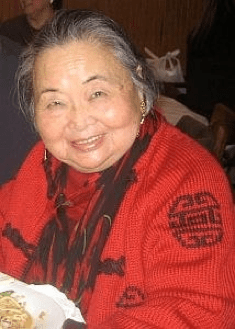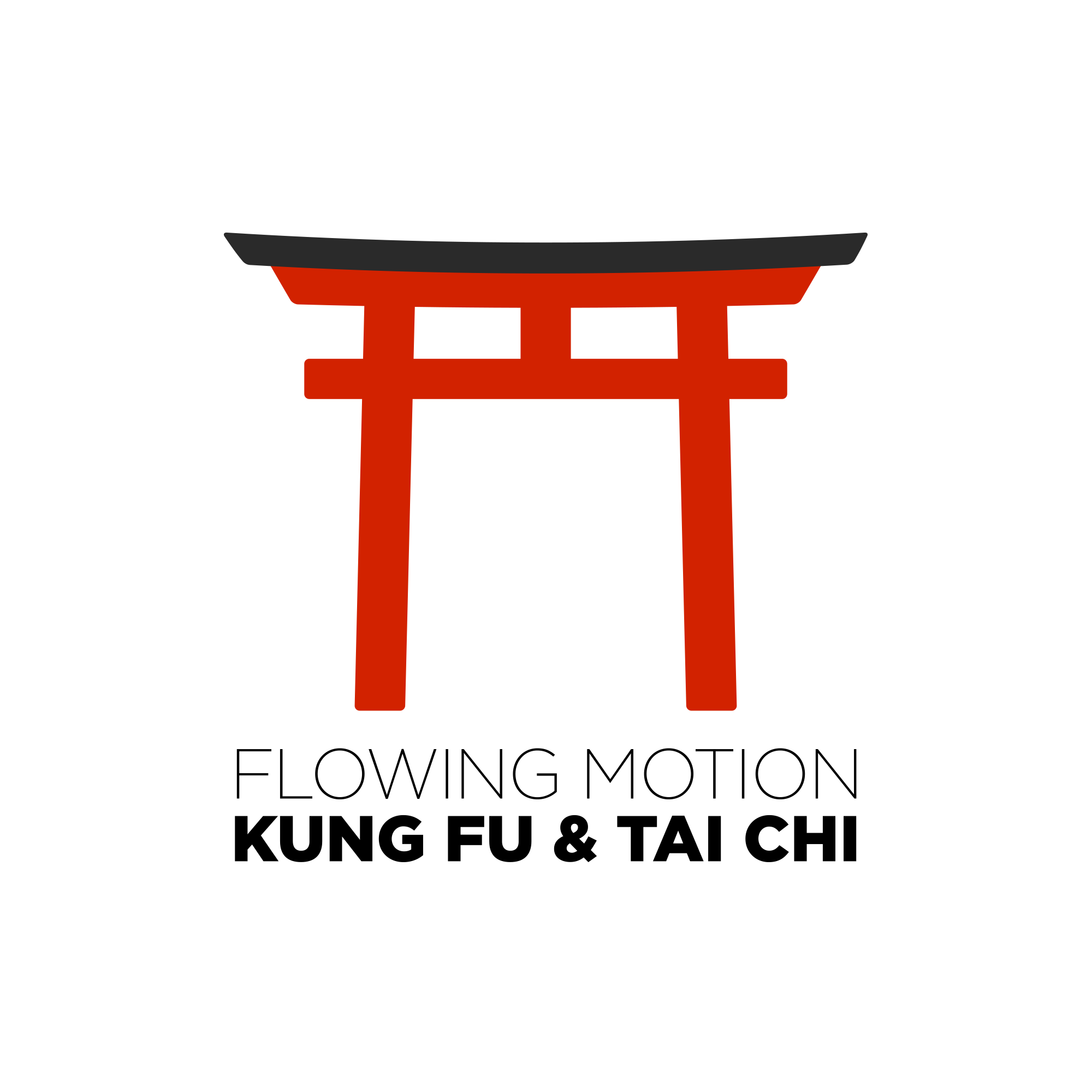
As with everything in Chinese philosophy, qi (chi) must be in balance. Unbalanced it becomes blocked or stagnant and the result is disease. Jhan Jhong is the key to keeping chi balanced, and with concentration and practice, blocked chi can be moved. Chi channels (meridians) run nearly parallel to many veins and arteries that carry blood throughout the body and to the brain. When chi channels are open every cell gets more than enough oxygen, which in turn reverses the aging process, increasing the body’s total energy potential and allowing the body to heal. Correct posture also lets the body connect the top and bottom thereby strengthening the lower back. When chi is balanced it is referred to as yuan qi or vitality. Yuan chi supports the body’s circulation and together with oxygen and optimum nutrition helps regenerate tissue through cell replacement. Blood carries more oxygen to the brain, non regenerating cells die more slowly and the brain operates at a greater efficiency. Jhan Jhong is one of the quickest and best methods of replenishing yuan chi from disease or stress. It is the only known way to allow the chi to “sink,” though the exercise itself is not what causes the chi to sink. It is the total body and mind relaxation.
To improve concentration, the mind must be clear and calm. One way to achieve this is Jhan Jhong. Intention is described as ones will to do something. Chi Kung exercises develop this. Chi is energy. Some people believe that chi is increased by breathing exercises. Practitioners of Yu’s Chi Kung believe that forced breathing halts the downward flow of chi. Correct practice relaxes the mind and body together and allows the chi, over time, to go down from high in the chest to the dan tien (tan tian) or navel on its own. When chi has settled on the “stone gate” or well below the navel, it may be ready to become opened completely (tung chi or tong qi, sometimes called enlightenment or nirvana). Some people think they can lower their chi by forcing it down with their own intention. This is temporary and the chi can “bounce” back up. In fact, incorrect practice can be a set back to healthy chi development.
Benefits of practicing Tai Chi and Yu’s Chi Kung can include reduced blood pressure and stress related diseases, strengthened muscles, restored balance and flexibility, lubricated joints, a better equipped immune system and quicker recovery from colds and minor infections. The Archives of Internal Medicine published the results of a study conducted by the Tuft-New England Medical Center (Boston). They used 11 databases to access data on 47 studies that looked at the health benefits of tai chi. They found that patients with chronic health problems showed improvement in “balance, strength, cardiovascular and respiratory function, flexibility, immune system, symptoms of arthritis, muscular strength and psychological effects.” –By Helen Lynn Scoggins Sorvari, 2013
